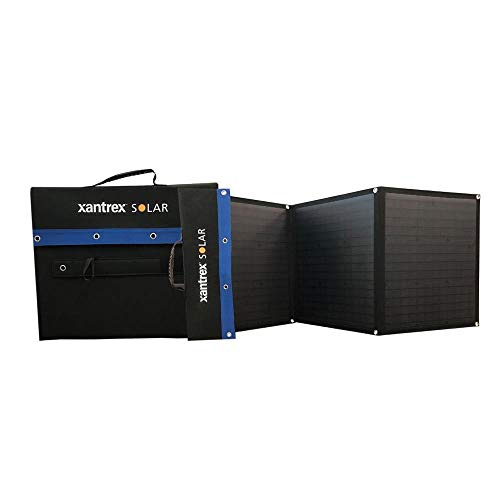I have to sometimes laugh at my constructions because because I use damaged hollow core interior doors. Basically made of paper products and glue. When used for tables, counters or bed platforms where really heavy loads will be put on them I cover the top with glued on plywood. I sometimes simply wait to see if it will break through and if it does simply drill a hole in the back side, push the damaged area back in place with a wooden dowel and hold it in place while spraying dense insulation foam into the cavity. Once it sets up I cut the dowel flush. Putting a layer of TightBond III glue and canvas(Harbor Freight drop cloths are cheap) or any cheap material will increase the strength tremendously. Painting the entire panel with exterior house paint will make ie water proof if you don’t put any holes in it or let water continuously stand on it. I had a vent in an exterior wall I failed to treat properly and it failed to seal. During a major rain storm it filled the panel so much so I had to drill drain holes. In my panic while the internal support paper was still soft I sprayed several cans of foam to add support forgetting spray foam reacts with water by rapidly expanding. While the wall lost none of its squareness in one plane it became 8” thick felt like a brick wall! Super strong but really noticeably thicker! Everyone always asks how I got it to do that. I just tell them I’m lucky like I planned it that way.
You are using an out of date browser. It may not display this or other websites correctly.
You should upgrade or use an alternative browser.
You should upgrade or use an alternative browser.
Plywood Question
- Thread starter captndiet
- Start date

Help Support Van Living Forum:
This site may earn a commission from merchant affiliate
links, including eBay, Amazon, and others.
Insulation foam is usually used where I use interior doors as they are usually cheaper than foam. I like cheap light weight construction. My truck topper is basically a 6’x7’x7’ box with two beds down the sides of the truck bed and a grandkids/storage bed across the front. Weighs less than 500 lbs. and has been on there for 3 years with little maintenance and cost less than $800 including a used camper door and new vents to build. My trailer is even older but because of a flat roof will require a new slanted one after 5 years of use. There is no reason not to use light weight materials inside a van where unlike a sticks and bricks weight really matters going down the road. There was a Class C at the RTR a few years back that was completely redone using this type of construction, maybe they will chime in and let us know how it worked for them or the people that have done cabinets as well. After all this thread is a couple years old.
For my twin XL beds, I always make them with 1/4 BC plywood glued to 1.5" x 2" cleats ripped from WP 2x4's, the 1 3/8" remaining pieces are nailed and glued crossways. Yes, If a 300 lb person got in the center and started jumping up and down on the raw product, he could damage it, but when you put a mattress on it, that's where the magic starts, it spreads the load out over the bed. Please Note: with my build, one 80" side is always attached to the wall, the fold up side sits on 4 fold down legs, so, I am not supporting the bed on the ends, vertical support is down the sides. I never use whole 2x4's on anything in a build, there is always ripping and gluing involved (light weight) Good luck with your decisions!!captndiet said:What plywood to use?
BelgianPup
Well-known member
- Joined
- Apr 12, 2019
- Messages
- 557
- Reaction score
- 280
Thank you for the explanations. It makes a lot of sense.
PlethoraOfGuns
Well-known member
From my experiments at Home Depot, proping different types of plywood up on a 2x4 and jumping on it in the middle, birch plywood bends significantly less than others. OSB is good for burning, not building.
highdesertranger
R.I.P HDR
- Joined
- Apr 4, 2012
- Messages
- 22,892
- Reaction score
- 92
"OSB is good for burning, not building."
don't breathe the fumes/smoke.
highdesertranger
don't breathe the fumes/smoke.
highdesertranger

$30.59
$40.00
The Van Conversion Bible: The Ultimate Guide to Converting a Campervan
Amazon.com

$17.00
$19.95
The Van Life Cookbook: Delicious Recipes, Simple Techniques and Easy Meal Prep for the Road Trip Lifestyle
Amazon.com
bagabum said:.... I always make them with 1/4 BC plywood glued to 1.5" x 2" cleats ripped from WP 2x4's,
Is this done to save money over 1x2's or is it because they end up being straighter?
Similar threads
- Replies
- 10
- Views
- 3K
- Replies
- 18
- Views
- 4K





















































